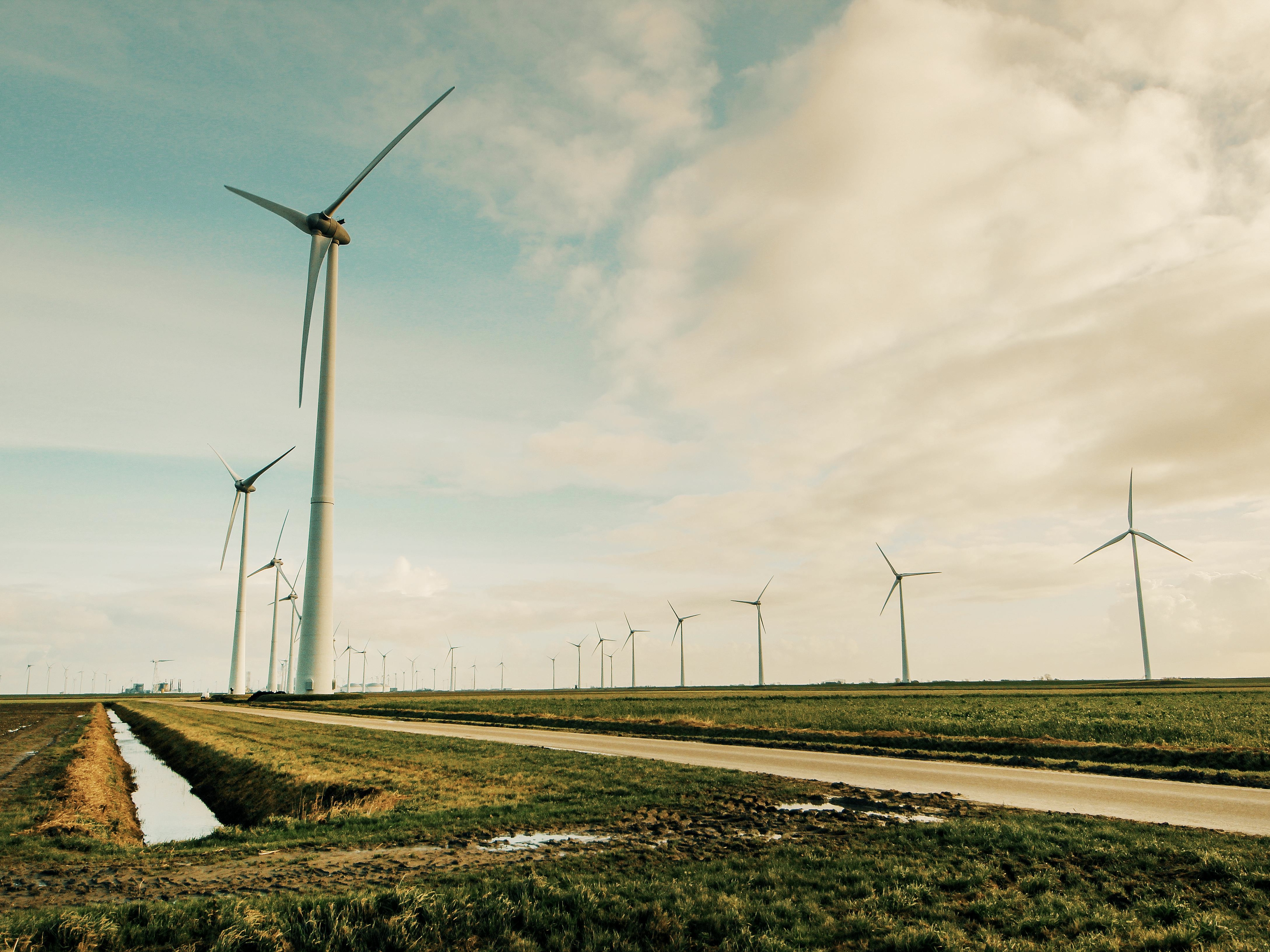What is the day-ahead market?
The day-ahead market is a central segment of the spot market and covers electricity trading for delivery on the following day. In this market segment, electricity traders, utilities, and industrial companies buy and sell energy for the next day. This makes the day-ahead market the most important reference market in Europe.
While the day-ahead market sets quantities and prices one day in advance, the intraday market enables short-term adjustments within the delivery day. Both market segments complement each other and jointly ensure a stable and flexible electricity supply.
For industrial companies, this means they can benefit from both markets – usually not directly, but via energy traders or dynamic electricity tariffs that handle market access. This way, companies combine the planning reliability of the day-ahead market with the flexibility of intraday trading.
How is electricity traded on the day-ahead-market
Trading on the day-ahead market takes place through standardised auctions. Market participants submit bids for each hour of the following day, both on the generation and demand sides.
Suppliers: Power plant operators, renewable energy producers, or electricity importers offer their generation capacities.
Buyers: Energy suppliers and large to medium-sized industrial customers report their expected electricity demand.
From the interaction of these bids, the power exchange determines the day-ahead price for each hour of the next day. This price serves as a key reference for the entire energy industry.
In Europe, the day-ahead market is mainly operated through the power exchange EPEX SPOT (European Power Exchange), which acts as the central trading platform for Germany, France, Austria, Switzerland, and other countries. In addition, the EXAA (Energy Exchange Austria) in Vienna also plays a role. Alongside exchange trading, over-the-counter (OTC) transactions are also possible in some cases. Industrial companies typically do not trade directly on the exchange but rather through energy traders, direct marketers, or customised power supply contracts linked to spot market prices.
How day-ahead trading works
- Bid submission: Market participants submit their buy and sell bids to the exchange by early afternoon of the previous day.
- Auction: All bids are aggregated in an auction. The intersection of the supply and demand curves determines the hourly electricity price.
- Price determination: The exchange publishes the next day’s price – the so-called day-ahead price.
- Delivery: On the following day, the traded electricity is physically delivered.
For industrial companies, this means that with the help of smart energy management, they can align their consumption with day-ahead price signals. Those who reduce or shift loads during expensive hours and consume more during cheaper hours can significantly lower their energy costs while unlocking additional flexibility potential.
Advantages of the day-ahead market
- Planning reliability: Energy prices and volumes are fixed the day before, allowing accurate cost planning.
- High market liquidity: Large trading volumes ensure transparent and reliable prices.
- Cost optimisation: Companies with flexible loads can benefit from cheaper hourly prices.
- Integration of renewable energy: Forecasts for wind and solar generation are directly included in auction results.
Disadvantages of the day-ahead market
- Dependence on forecasts: Deviations between forecasts and actual conditions can lead to balancing costs.
- Limited flexibility: After the auction closes, adjustments are only possible in intraday trading.
- Price volatility: The day-ahead price is also subject to strong fluctuations, depending on weather, fuel prices, or demand. For companies without flexibility, this increases risk exposure.
- Complexity: The day-ahead market requires analysis and expertise – but can be easily managed with smart energy management systems.
Importance of day-ahead trading for companies
The day-ahead market forms the foundation of European electricity trading and is indispensable for utilities and industrial companies alike. It provides transparent prices, reliable planning conditions, and plays a key role in integrating the growing share of renewable energy into the energy system.
Companies aiming to optimise their energy costs generally rely on spot market-based or dynamic tariffs linked to the day-ahead price. Combined with intraday trading and smart energy management, industrial companies can reduce costs, unlock flexibility potential, and strengthen their competitiveness.
More knowledge from our blog

The new flexible grid charges for industrial customers
The German Federal Grid Agency is planning to adjust the regulations for individual grid charges for industrial customers. As a result of the energy transition, the framework conditions of the energy system are currently changing. The new regulations, which were set out in the recently published key point paper on Section 19 (2), should take this into account.

How the slowed expansion of renewable energies drives electricity prices up
If the expansion of renewable energies slows down, electricity prices in Germany could rise by up to 25% by 2045. A scenario analysis shows how this would weaken competitiveness and the country’s attractiveness as an industrial location.

Saving energy in companies made easy
Saving energy is becoming increasingly important for companies – not only for ecological reasons, but also for economic reasons. In this blog article, we will show you why it is worthwhile to reduce energy consumption, what measures you can take and how an energy management system can help.


